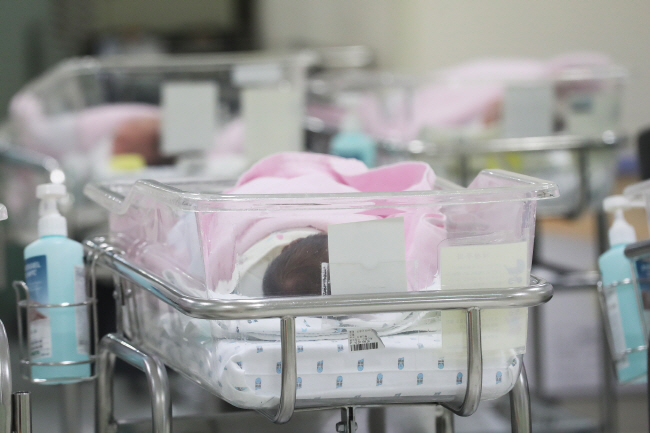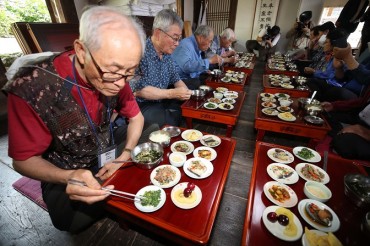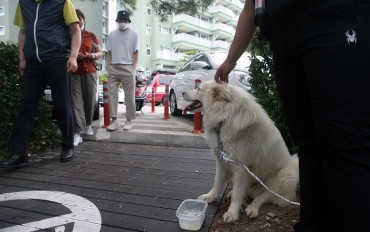SEJONG, Feb. 26 (Korea Bizwire) — South Korea’s total fertility rate hit an all-time low in 2019, government data showed Wednesday, a clear sign of its population decline down the road.
The country’s total fertility rate, which refers to the average number of children a woman bears in her lifetime, came to 0.92 last year, down from 0.98 a year earlier, according to the data from Statistics Korea.
Last year marked the second consecutive year for the rate to fall below 1. South Korea was the only member of the Organization for Economic Cooperation and Development that had a total fertility rate below 1.
The 2019 figure is far below the replacement level of 2.1 that would keep South Korea’s population stable at 51 million. It is also a sharp drop from the 4.53 in 1970, when the government began to compile related data.
The crude birthrate — the number of births per 1,000 people per year — also came to a new low of 5.9 in 2019, down from the previous year’s 6.4
The number of newborns in South Korea came to 303,100 in 2019, down 7.3 percent from the prior year and the lowest since 1970.
Last year’s drop in the total fertility rate came despite huge government spending to boost the country’s low birthrate. The government has spent 185 trillion won (US$152 billion) since 2006 to encourage more childbirths.
The downturn in childbirths comes as some young South Koreans are opting to distance themselves from life’s three major milestones — dating, marriage and having children — because they cannot find decent jobs amid a longstanding economic slowdown.
Other factors are the high cost of private education for kids and skyrocketing home prices, as well as the difficulties women face in finding jobs after spending extended time away from work to raise children.
To tackle the country’s low birthrate, experts said, the government should focus its policy efforts on changing the country’s social and cultural structures that discourage childbirths.
According to separate data from the agency, the number of South Koreans who moved to different provinces or cities in the country fell 3 percent on-year to 647,000 in January.
The population mobility rate — the number of those changing residence for every 100 people — stood at 14.9 percent last month, down 0.4 percentage point from a year earlier.
A net 3,946 people moved to Seoul in January as a massive apartment complex was completed in the eastern part of the South Korean capital. It marked the first time in 11 years for Seoul to log a net population inflow in January.
(Yonhap)







